The steep, wild valley of hanging meadows

Bavona Valley, one of the steepest and remotest valleys in the Swiss Alps, has been chosen as the theme for the 2020 “Chocolate Dollar“. Its biodiversity, its gardens cultivated on the great masses of rock strewn down the valley and the rural landscape left by tenacious farmers of long ago are this year the symbol of a heritage to be preserved – especially at a time of "returning to nature".
The “Chocolate Dollar”, a chocolate in the shape of a gold coin, is an initiative of the Swiss Heritage SocietyExternal link and the Pro NaturaExternal link organisation.
Since 1946 over 40 million of these have been sold, the proceeds going to conservation of natural habitats, landscapes and historic buildings, animal and plant species.
Every year they are sold at a price of CHF5 each by 30,000 schoolchildren.

Bavona Valley, which was added to Switzerland’s list of natural sites and monuments of national importance in 1983, is inhabited only in the summer.
Imposing rocks loom over a narrow valley floor of glacial origin, which makes up just a tenth of the territory, and cultivated land makes up no more than 1.5%. The area has major hydroelectric stations, but most of the local houses are not even on the grid.
Chosen as a symbol of the human and natural heritage which the two organisations work to preserve, Bavona Valley will receive some tens of thousands of francs from the proceeds of the “Chocolate Dollar“ to be spent in particular on recovering ‘hanging meadows’.
“The valley was inhabited year-round up till 1500”, explains Rachele Gadea Martini, coordinator of the Bavona Valley Foundation. “Following alluvial deposits and landslides that dropped an incredible amount of rock down onto the valley floor, taking land away from agriculture, the locals no longer felt safe there and start to move away from the valley. Only for the winter, though, for a month or two; they would come back for summer pasturing.,” she says.
In fact, to win back land where they could grow rye, millet, potatoes, onions and hemp (for its fibre), the inhabitants made terraces on the slopes and reclaimed fields among the rocks and even above them.
In the valley there are “about 200 of these, of different sizes, naturally. They range from tiny bits of land of a square metre or less, to wide expanses of rock. This is not the only valley where these are found, but it seems to be the only one with such a high density in the whole Alpine region.”
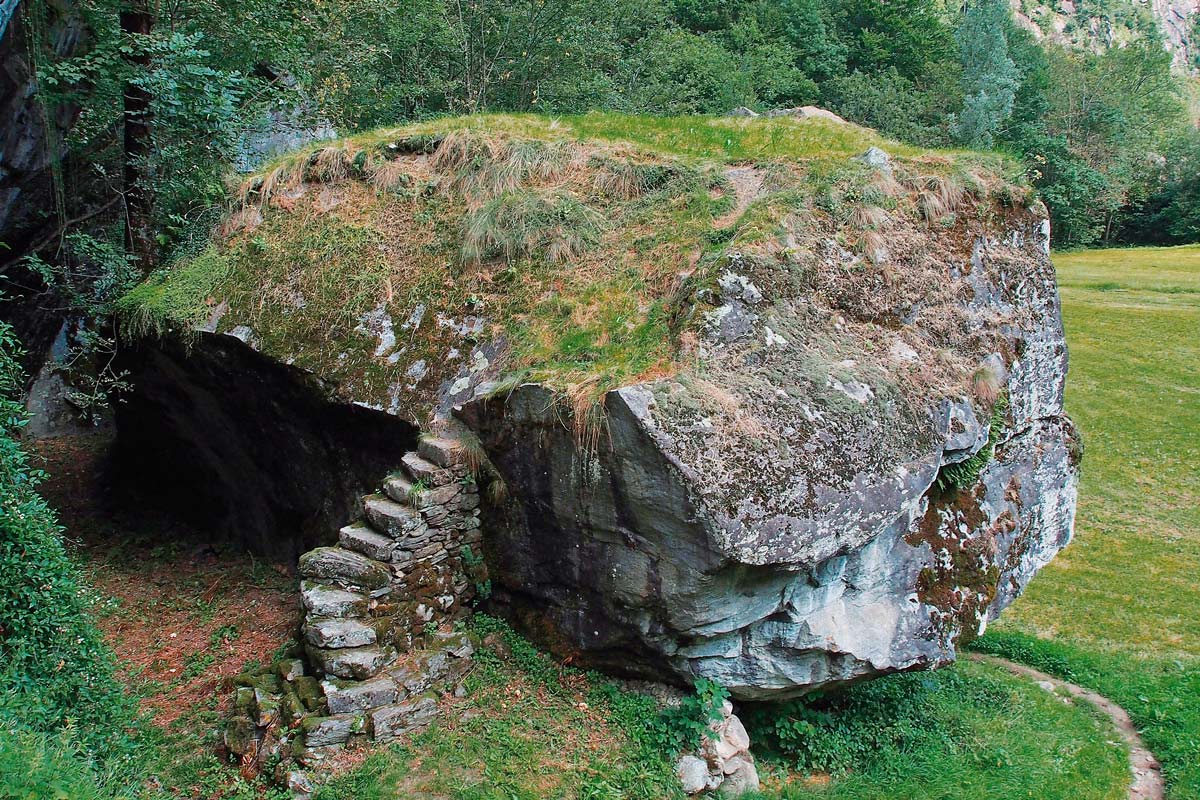
Does recovering these bits of land mean actually cultivating them?
“Cultivation makes sense if there are people around who can look after the field or the garden patch. These days, recovery mainly means clearing them of woodland which is advancing (it is eating up not just the hanging meadows) and cutting back the ruderal vegetation like thickets and berry-bushes. The second stage is to shore up the walls and flights of steps if there are any there,” says Gadea Martini.
The steps leading up to the meadows need to be climbed with care. But the ones leading up to the Alpine pastures are dizzying. “They really are quite impressive. Here they herded their grazing animals up flights of steps carved out of the rock, because on both sides of the valley floor we have just sheer vertical walls that go up for 800 metres, and to get up there you need more than just a mountain track.”
But the hardy ‘terrieri’ of long ago – the inhabitants took their name from the word ‘terre’, which is used still today to refer to the 12 hamlets of Bavona Valley – made the challenge into an opportunity. “They used the clumps of overhanging rock to dig cellars and build dairy huts or anything else that they found useful – a store, a space for their animals, or a weaving shed or a forge for a blacksmith,” she explains.
The fields of crops were cultivated up till the early 20th century. Today there are still a few garden patches. The last watershed in the Valley’s history came in 1955: with the opening of a road and hydro stations, many houses in the valley ceased to be permanent homes, and the locals moved to the former communes of Cavergno and Bignasco.
A part of this latter was the area of San Carlo, where there was accommodation, a shop and restaurant for the workers, which was hooked up to the grid. The 11 “terre” in Cavergno decided to do without an electricity supply.
Biodiversity
Bavona Valley was chosen to be featured for the “Chocolate Dollar“ also because of its contribution to biodiversity in Switzerland. Some 2,500 species are listed for the valley but that is only a partial inventory, explains Mirko Zanini, a biologist at the Vallemaggia Nature Centre.
Which ones stand out?
“From a conservation point of view, I am thinking in particular of one flowering plant, Saponaria lutea, which is found in very few places in a quite restricted region of the Alps. In Bavona Valley it is well represented,” he says.
Also typical of the Alpine environment are “the black grouse, the ptarmigan, and the hazel grouse, which live in the higher woodland and are valuable species, needing support because they will be under pressure of climate change in the decades to come.”
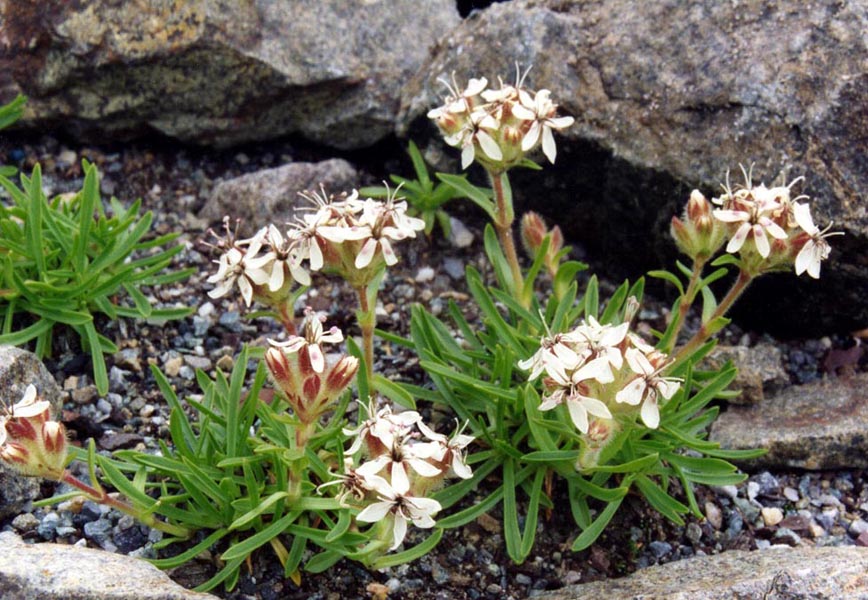
On the valley floor, typical of environments near water, the kingfisher is found, also the sandpiper and the dipper. “These are all very vulnerable bird species that can live only where the natural balance is maintained,” says Zanini.
This is in fact the secret of Bavona Valley: here the natural environments “live together harmoniously with the man-made elements”. This has not just meant limiting the built environment. “There is no extreme agricultural land reclamation. The waterways are not canalised. Hydroelectric activity has left the natural environments associated with the river untouched, so that the flood-plain of the Bavona river is still of national importance,” he continues.
Comprehensive management of the territory makes conservation of the dry rough pastures, now rare in Switzerland, feasible. “These environments are extremely rich from the point of view of diversity of flowering plants. Characterised by humus poor in nutrients, they manifest a variety of species which tolerate this kind of soil. Fertilising, on the other hand, would favour only four or five species at the expense of all the rest,” he says.
“While there are so many flowering plants,” Zanini adds, “we have great animal biodiversity too: spiders, grasshoppers, butterflies.”
In the Valley, his Centre has counted about a hundred different kinds of butterfly. The Foundation supports the approach of mowing only once or twice a year in Bavona, so as to let the life cycle of insects and flowering plants unfold, which means that “seeds can grow and butterflies grow to adulthood.”
Here too, the woodland has to be kept in check. But why not just let nature take its course?
“There are natural environments where, if we don’t actively intervene, they just revert to woodland and we lose out on the diversity of habitats as they are now – we lose the animal and plant species that depend on these open environments,” says Zanini. “But if we can maintain a balance between naturally growing woodland [providing a niche for species that can’t live in “managed” forest] and extensive cultivated surfaces, we end up with a mosaic of habitats and greater biodiversity.”
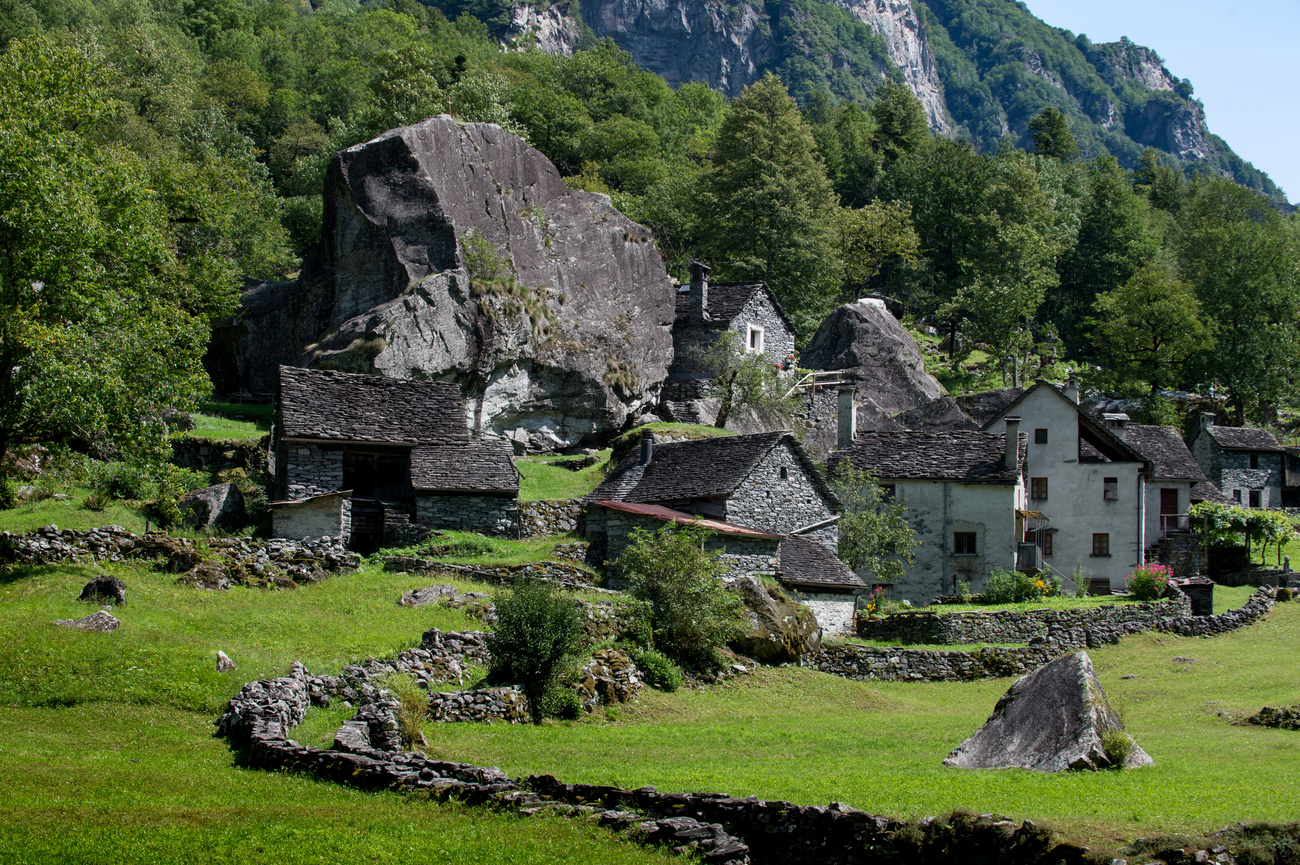
Accordingly, the Bavona Valley Foundation promotes activities and visits to the valley combining learning, free time and volunteering (“working holidays”). The restoration of the Begnudini House will provide accommodation for groups beginning in 2021.
“Every year we get groups of volunteers of different age-groups”, says Gadea Martini, “from young apprentices to parish seniors’ groups from central Switzerland, to volunteers for work-camps. They all help us to manage the territory, and at the same time we give them an experience of a unique landscape, in touch with ancient rural practices.”
Apart from reaping the meadows and cleaning up the woodland, the volunteers look after the maintenance of tracks and trails.
As regards tourism, the Foundation hopes that the “Chocolate Dollar“ will bring a greater number of visitors to the valley, but that these will be people “who have a certain sensitivity and like to get around on foot. People who appreciate the value of this kind of traditional rural landscape and all it takes to maintain it.”
She worries about the kind of car-based “drive-through” tourism which leaves traces, and of course waste. Since last year, the Foundation has engaged volunteers who go around the valley chatting with these visitors and making them aware of the fragility of the environment, which is the result of the work of centuries in harmony with nature.
In June 2021, Bavona Valley will be featured in “Three Days of Biodiversity”, an event in collaboration with Vallemaggia Nature Centre which was originally scheduled for this year but postponed due to the coronavirus situation. The schedule for all the events can be found hereExternal link. For more information about Bavona Valley see the Swiss tourism siteExternal link.
(Translated from Italian by Terence MacNamee)
Translated from Italian by Ternence MacNamee

In compliance with the JTI standards
More: SWI swissinfo.ch certified by the Journalism Trust Initiative

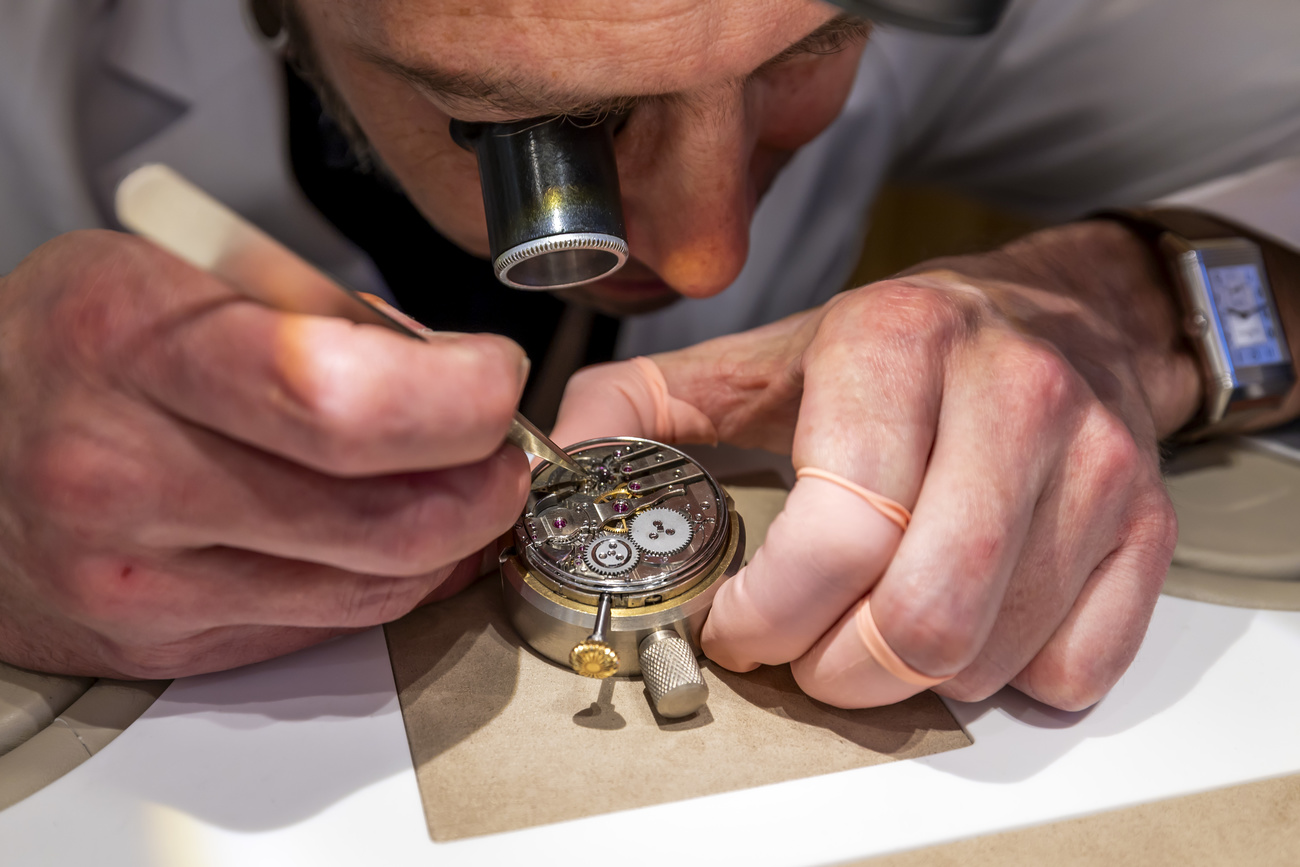







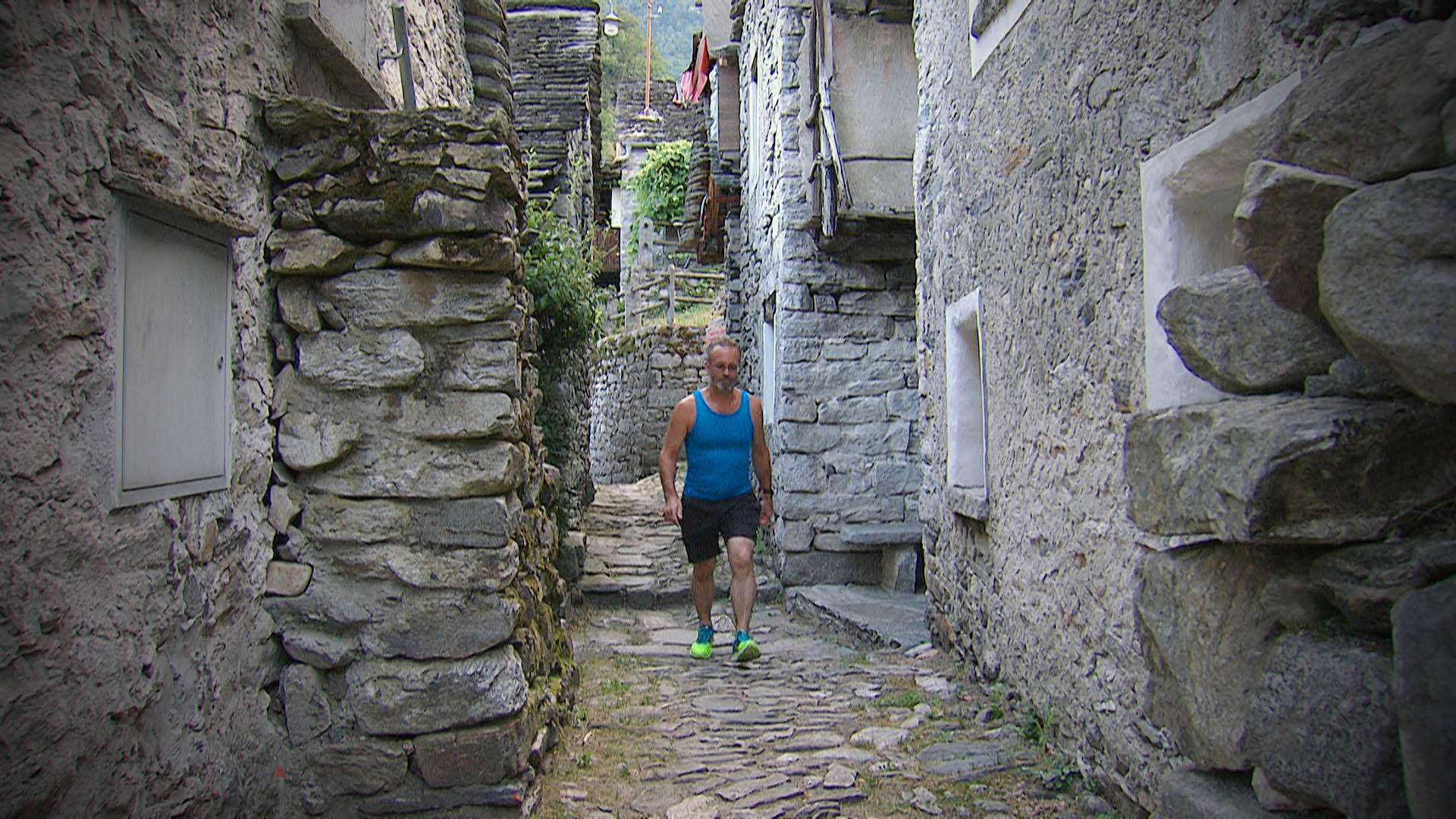
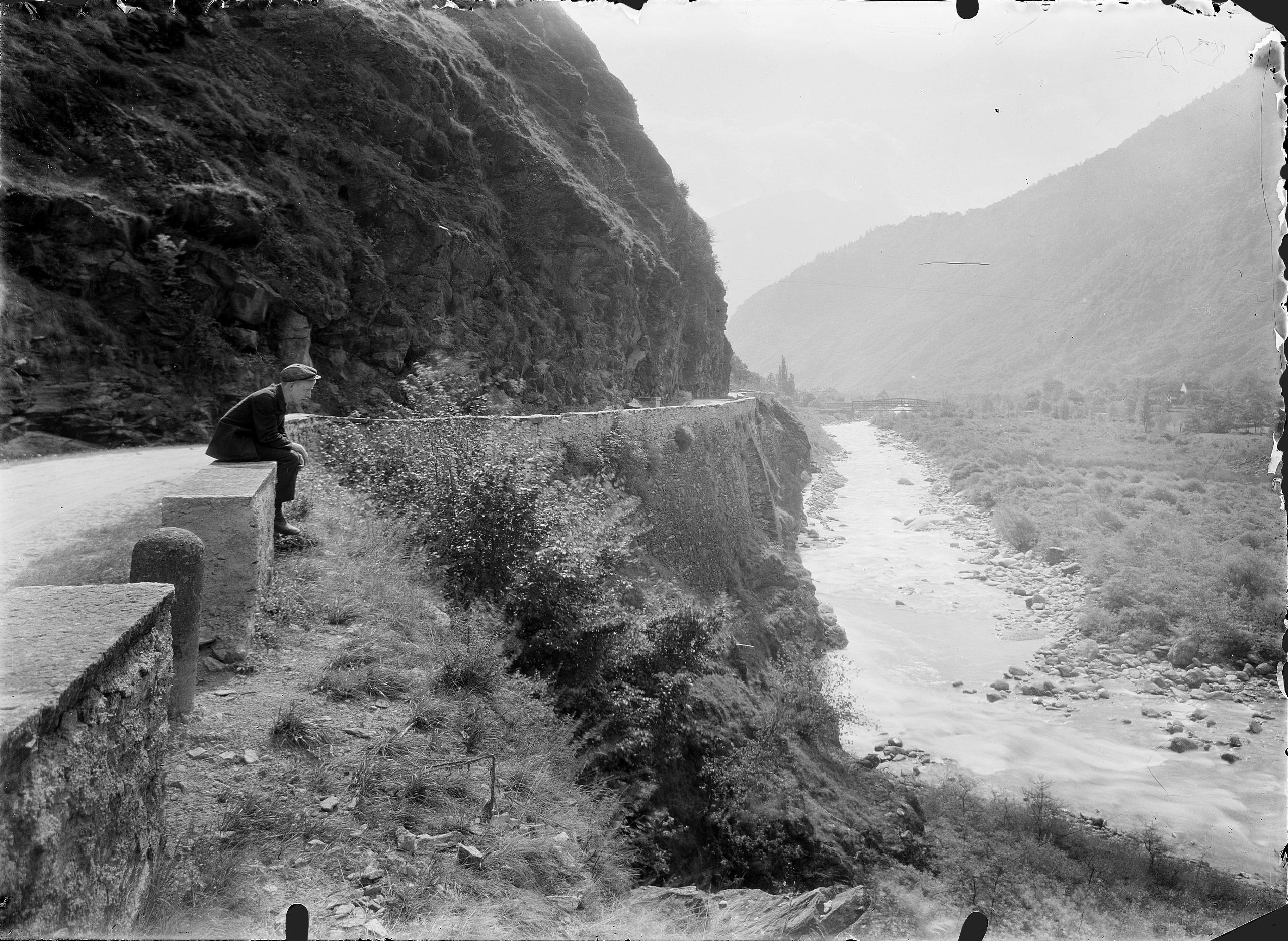



You can find an overview of ongoing debates with our journalists here . Please join us!
If you want to start a conversation about a topic raised in this article or want to report factual errors, email us at english@swissinfo.ch.